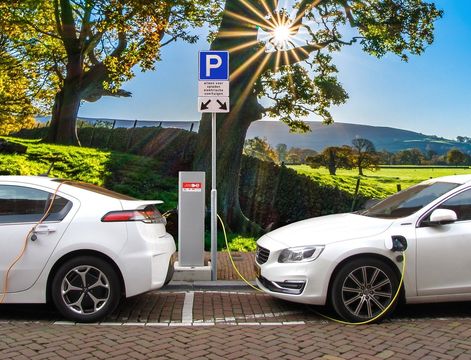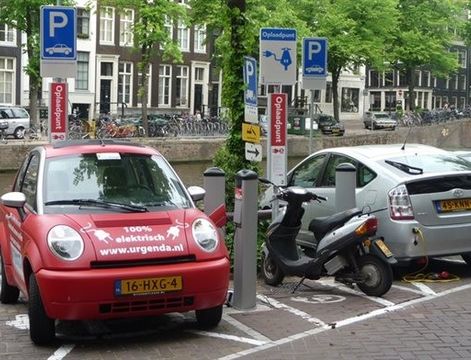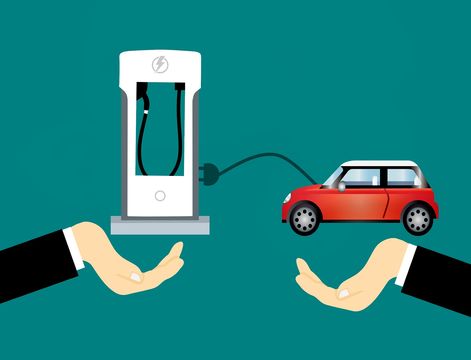Environmental Life Cycle Assessment of Electric Vehicles based on Lithuania’s electricity mix profile for the year 2015–2050.
Recently, the question often raised by scientists, politicians or other interested parties is whether an average electric car, across its life cycle, produces less greenhouse gases (GHG) and air pollutants compared to a petrol or diesel car. Many of them agree that a very important part of an electric car life cycle consists in the electricity sources in the energy mix used for its exploitation. The use of renewable energy sources could therefore be the main influence factor on increasing the environmental and health performance of electric cars.
This is especially relevant to Lithuania, as the country is committed to switching to electricity fully extracted from renewable energy sources by 2050. In June 2018, the Lithuanian government approved the National Energy Strategy. The strategy includes the country’s energy targets and guidelines on their implementation by 2030 and outlines the trends of its energy development by 2050. Increasing energy production from renewable resources is one of the key targets of the strategy. It is expected that renewable energy in Lithuania will account for 45% of all generated energy by 2030, and as much as 80% by 2050. The target regarding RES in electricity production and final consumption for 2050 even lies at 100% RES. Wind energy should make up the largest share of electricity generated from renewable resources – no less than 55% in 2030 and 65% in 2050. These are high ambitious considering that the share of renewables in the electricity mix of final consumption did not even reach 20% in 2015.
Researchers from the Kaunas University of Technology performed a study named Environmental Life Cycle Assessment of Electric Vehicles in Lithuania with the aim to assess environmental impacts across an average electric car life cycle, based on different profile of Lithuania’s electricity mix for the year 2015–2050, as planned in the National Energy Strategy. The life cycle assessment of conventional vehicles (petrol and diesel) has also been carried out in order to compare the environmental impact of these cars. Six environmental impact categories were considered: GHG emissions, human toxicity, fresh water eutrophication, terrestrial acidification, fossil fuel depletion and particulate matter formation. The results of the study showed that the electric car charged with the electricity mix from 2015 will cause higher GHG emissions than conventional vehicles. It would also cause higher fresh water eutrophication and toxicity to humans. However, if an electric car would be charged with energy equivalent to the 2050 electricity mix profile (100% RES), its GHG emissions would decrease by 45% compared to the figures from 2015 which results in 25% lower GHG emissions than a conventional gasoline car. It has also been noted that if the vehicle will be charged with mainly renewable energy, the main air pollution will be caused by the manufacturing of the car, not during the use phase.














